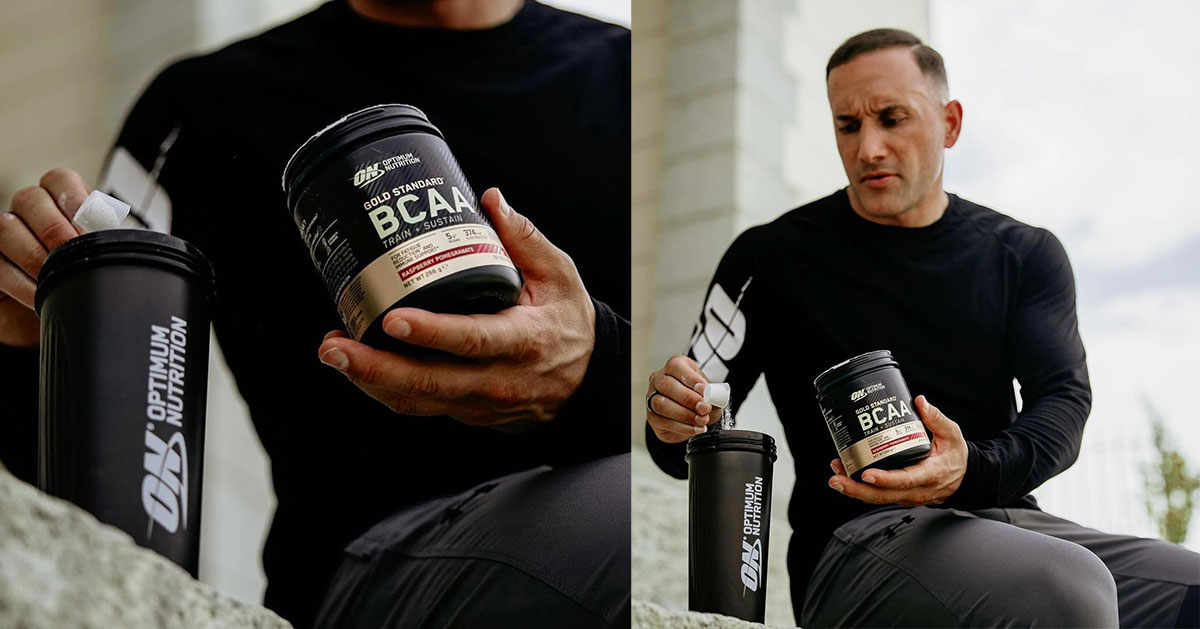“Injury Prevention in Running is a multifaceted endeavor that encompasses physical preparation, mental awareness, and self-care.“
Share Post:

Running, a sport celebrated for its accessibility and health benefits, offers a plethora of rewards to both the body and the mind. However, the potential for injuries can be a daunting aspect of this otherwise exhilarating activity. As an award-winning writer deeply invested in the world of running, I aim to delve into the intricacies of injury prevention, providing you with an in-depth guide on how to safeguard your body while pursuing the joy of running.
1. Proper Warm-Up and Cool-Down: Building Foundations for Injury Prevention.
A comprehensive warm-up and cool-down routine are the cornerstones of injury prevention. Before a run, dynamic stretches and light aerobic exercises increase blood flow to muscles, enhancing flexibility and reducing the risk of strains. After the run, static stretches help to relax the muscles, prevent stiffness, and promote recovery. This ritual not only prepares your body for the challenges of running but also aids in the prevention of injuries.
2. Listening to Your Body: The Language of Prevention.
Understanding the language of your body is paramount in injury prevention. Discomfort is a signal, not a weakness. Sharp pains, persistent aches, or unusual twinges are indications that something isn’t right. Ignoring these signals can lead to severe injuries. Actively listen to your body, adjusting your training intensity and seeking professional advice when necessary. Your body often communicates its needs; it’s crucial to heed these messages.
3. Gradual Progression: Building Strength and Endurance Safely.
The allure of pushing one’s limits is undeniable, yet overexertion is a common precursor to running injuries. The 10% rule, which advises against increasing your weekly mileage by more than 10% from the previous week, is a golden principle. It allows your body to adapt gradually, reducing the risk of overuse injuries like tendinitis and stress fractures.

4. The Right Footwear: Foundation of Injury Prevention.
Running shoes are not just accessories; they are tools that can protect or jeopardize your feet and legs. Ill-fitting or worn-out shoes can lead to an array of problems, from blisters to plantar fasciitis. Seeking expert advice from specialized running stores ensures you find shoes tailored to your unique gait and foot shape. Remember, investing in quality shoes is an investment in your long-term running journey.
5. Surface Selection: Choosing Terrain Wisely.
The surface you choose to run on significantly influences your injury risk. Softer surfaces like trails and grass provide more shock absorption, reducing stress on joints. In contrast, hard surfaces like concrete can lead to impact-related injuries. Diversifying your terrain is advisable, as it distributes stress more evenly across your body.
6. Strength and Cross-Training: Building Resilience.
Running exerts specific demands on your muscles and joints. Incorporating strength training into your regimen addresses muscle imbalances and enhances joint stability, reducing the risk of injuries. Cross-training activities like swimming and cycling offer cardiovascular benefits while providing a break to your running muscles. Yoga, with its focus on flexibility and balance, complements the strength aspect, fostering overall resilience.

7. Stretching and Flexibility: Enhancing Performance and Preventing Injuries.
Maintaining flexibility is pivotal in injury prevention. Regular stretching routines, especially post-run, promote muscle elasticity and joint range of motion. Dynamic stretches before running prepare your muscles for the motion, reducing the risk of strains. Yoga and Pilates, which emphasize flexibility and core strength, can be excellent additions to your routine.
8. Rest, Nutrition, and Hydration: The Triad of Recovery.
Rest, nutrition, and hydration form the triad of recovery, crucial for preventing injuries and promoting overall well-being. Quality sleep allows your body to repair and strengthen muscles. Proper nutrition, emphasizing a balance of carbohydrates, proteins, and fats, fuels your body efficiently. Staying well-hydrated supports joint lubrication and overall bodily functions. Ignoring any of these elements can compromise your immune system and make you more susceptible to injuries.
9. Biomechanical Analysis: Precision in Prevention.
Biomechanical analysis, often conducted by physical therapists or running specialists, offers insights into your running form. Identifying issues such as overpronation or improper stride length enables you to correct your form, reducing the risk of injuries caused by poor mechanics. This analysis often leads to personalized recommendations, making it a valuable tool for injury prevention.

10. Professional Advice: When Expertise Is Essential.
If faced with a persistent issue or injury, seeking professional advice is not just advisable but imperative. Physical therapists, orthopedists, or sports medicine specialists can provide a definitive diagnosis and create a tailored treatment plan. Their expertise can guide you through the recovery process, ensuring a safe return to running.
Conclusion.
In conclusion, preventing running injuries is a multifaceted endeavor that encompasses physical preparation, mental awareness, and self-care. By incorporating these detailed strategies into your running routine, you not only mitigate the risk of injuries but also enhance your overall running experience. Running, when approached with mindfulness and respect for your body’s limits, can be a lifelong pursuit, bringing joy, health, and a sense of achievement. As an award-winning writer and dedicated runner, I encourage you to embark on your running journey with these insights, ensuring that every step you take is not only exhilarating but also injury-free. Happy running!
Visit Steven’s Optimization Store to get high quality supplements to help you achieve your health and fitness goals.
Share Post:
REACH YOUR FULL POTENTIAL
Subscribe to Steven's newsletter and receive weekly content to unleash your potential and learn more about the best optimization supplements that can help you take your game to a new level.
More Content
See All-

Stress Management: Unlocking Peak Performance
“Stress management and resilience-building strategies are integral components of professional success and well-being.“ Share Post: In today’s fast-paced world, stress has become a ubiquitous aspect of modern life, affecting individuals across all professions and industries. As professionals, our ability to effectively manage stress and cultivate resilience is paramount to maintaining peak performance and overall well-being. […]
January 4, 2024 -

Essential Supplements for Athletes: Maximizing Performance and Recovery
“In the realm of athletic performance, supplements can serve as valuable tools when grounded in scientific research and used judiciously. Whey protein, creatine monohydrate, omega-3 fatty acids, vitamin D, BCAAs, beta-alanine, iron, and caffeine represent a comprehensive array of supplements that cater to different aspects of an athlete’s needs. Discover the Essential Supplements for Athletes“ […]
January 4, 2024 -

How to Prepare for a 5K Run: A Holistic Approach
“Preparing for a 5K is a holistic endeavor that encompasses physical training, mental resilience, and strategic planning.“ Share Post: Embarking on the journey to conquer a 5K run is an exhilarating challenge that demands careful preparation. Whether you’re an experienced runner or taking your first strides in the running world, the path to success is […]
January 4, 2024
